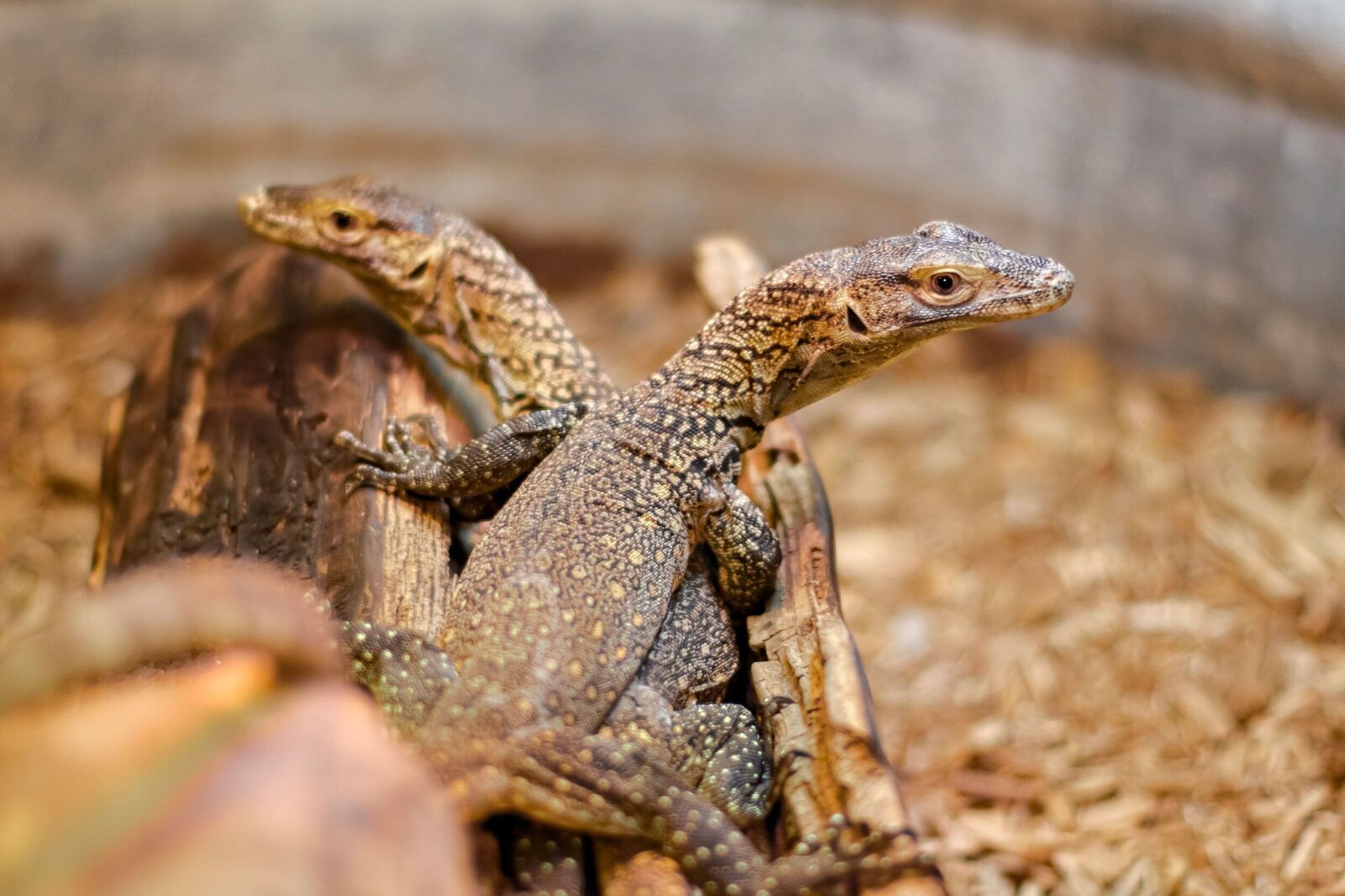
Parthenogenesis is a fascinating form of asexual reproduction where an egg develops into an organism without fertilization. This process occurs in various species, including some insects, reptiles, and even birds. Imagine a world where females can reproduce without males! Parthenogenesis can be triggered by environmental factors or genetic mutations, leading to offspring that are often clones of the mother. This unique reproductive strategy can be advantageous in stable environments, allowing rapid population growth. However, it also limits genetic diversity, which can be a drawback in changing conditions. Curious about how this works and which creatures can do it? Let's dive into 28 intriguing facts about parthenogenesis!
Key Takeaways:
- Parthenogenesis is a fascinating form of asexual reproduction found in various species. It allows organisms to reproduce without fertilization, but it can also reduce genetic diversity, making populations more vulnerable to diseases and environmental changes.
- Parthenogenesis has real-world applications in science and technology, from studying developmental biology to potential use in cloning and regenerative medicine. It also plays a role in the ongoing research and debate about its impact on evolution and the creation of new species.
What is Parthenogenesis?
Parthenogenesis is a fascinating form of asexual reproduction. It allows an organism to reproduce without fertilization by a male. This process is found in various species across the animal kingdom.
- Parthenogenesis comes from Greek words meaning "virgin creation."
- It occurs naturally in some invertebrates, fish, amphibians, reptiles, and even birds.
- The first documented case of parthenogenesis was in aphids in the 18th century.
- Some plants also reproduce through parthenogenesis, known as apomixis.
How Does Parthenogenesis Work?
Understanding the mechanics of parthenogenesis can be quite intriguing. It involves the development of an egg without fertilization.
- In parthenogenesis, the egg cell duplicates its genetic material to form a complete set of chromosomes.
- This process can result in offspring that are genetically identical to the mother.
- There are two main types: obligate parthenogenesis, where it is the only mode of reproduction, and facultative parthenogenesis, where it occurs alongside sexual reproduction.
- Some species can switch between sexual reproduction and parthenogenesis depending on environmental conditions.
Examples of Parthenogenesis in Nature
Parthenogenesis is not just a theoretical concept; it happens in the real world. Here are some examples.
- Komodo dragons can reproduce through parthenogenesis, producing only male offspring.
- Certain species of sharks, like the bonnethead and blacktip, have been observed reproducing this way.
- Aphids can switch between sexual and asexual reproduction based on the season.
- The New Mexico whiptail lizard is an all-female species that reproduces exclusively through parthenogenesis.
Advantages and Disadvantages of Parthenogenesis
Like any reproductive strategy, parthenogenesis has its pros and cons. Let's explore them.
- One advantage is that it allows for reproduction without a mate, which can be beneficial in isolated environments.
- It can lead to rapid population growth since every individual can reproduce.
- However, it reduces genetic diversity, making populations more susceptible to diseases and environmental changes.
- Parthenogenetic species may struggle to adapt to new or changing environments due to lack of genetic variation.
Parthenogenesis in Research and Biotechnology
Parthenogenesis isn't just a natural phenomenon; it has applications in science and technology.
- Scientists study parthenogenesis to understand developmental biology and genetics.
- It has potential applications in cloning and regenerative medicine.
- Researchers are exploring ways to use parthenogenesis for conservation efforts, particularly for endangered species.
- Parthenogenetic stem cells could be used for medical treatments without the ethical concerns associated with embryonic stem cells.
Parthenogenesis and Evolution
The role of parthenogenesis in evolution is a topic of ongoing research and debate.
- It is believed to be an ancient form of reproduction, predating sexual reproduction.
- Some scientists think it could be a survival strategy in harsh or changing environments.
- Parthenogenesis may contribute to the evolution of new species by allowing rapid adaptation to specific niches.
- However, the lack of genetic diversity can also be a significant evolutionary disadvantage.
Fun Facts About Parthenogenesis
Parthenogenesis is full of surprising and fun facts that highlight its uniqueness.
- The word "parthenogenesis" was first used in the 19th century by biologist Richard Owen.
- Some bees and ants use parthenogenesis to produce male drones.
- In some species, parthenogenetic offspring can be larger and more robust than sexually produced ones.
- Parthenogenesis has even been observed in turkeys, where unfertilized eggs can develop into male chicks.
The Fascinating World of Parthenogenesis
Parthenogenesis, a form of asexual reproduction, is truly mind-blowing. This process allows females to reproduce without male fertilization. Found in various species like bees, reptiles, and even some birds, it showcases nature's adaptability. For instance, the Komodo dragon can switch between sexual and asexual reproduction based on environmental conditions. Bees use it to produce male drones, while aphids can rapidly increase their population through this method.
Understanding parthenogenesis helps scientists study genetics, evolution, and species survival strategies. It also raises questions about the future of reproduction in other species, including humans. While parthenogenesis isn't common in mammals, ongoing research could unlock new possibilities.
So, next time you see a bee or a lizard, remember the incredible reproductive strategies they might be using. Nature never ceases to amaze with its endless variety and ingenuity.
Frequently Asked Questions
Was this page helpful?
Our commitment to delivering trustworthy and engaging content is at the heart of what we do. Each fact on our site is contributed by real users like you, bringing a wealth of diverse insights and information. To ensure the highest standards of accuracy and reliability, our dedicated editors meticulously review each submission. This process guarantees that the facts we share are not only fascinating but also credible. Trust in our commitment to quality and authenticity as you explore and learn with us.
